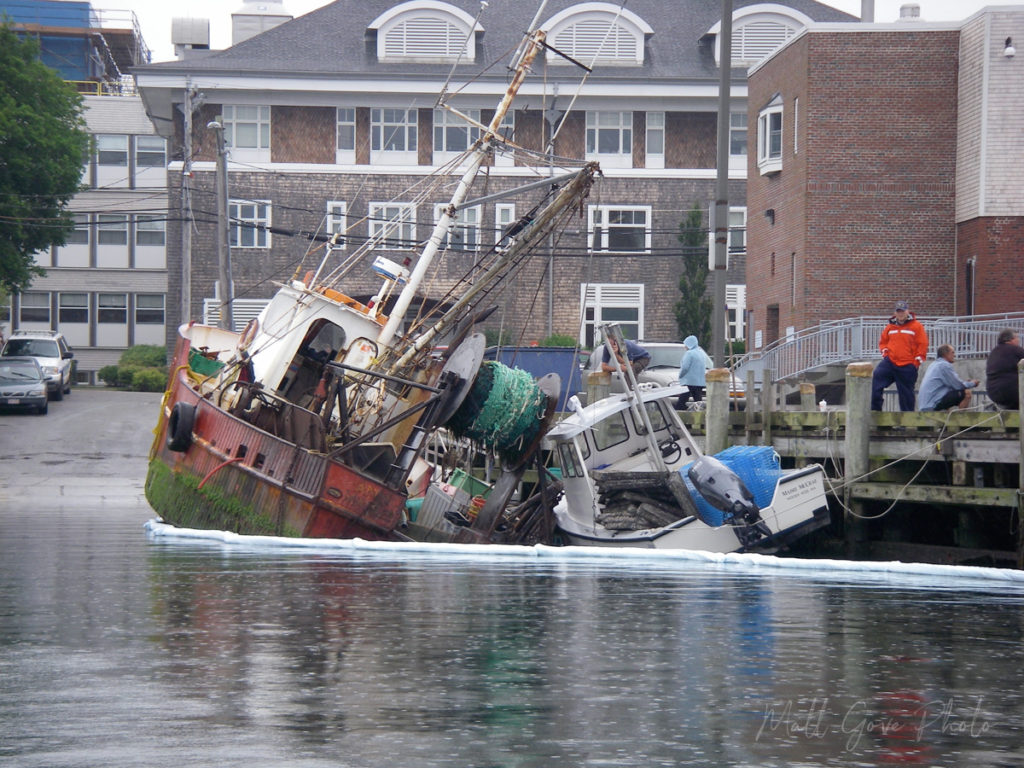Whenever we mention meteotsunamis to someone, we usually get one of two responses. Some are very intrigued by this new term and want to learn more. The others simply look at you like you have three heads.
What is a Meteotsunami?
A meteotsunami is an atmospherically-induced tsunami caused by rapid changes in barometric pressure. Because meteotsunamis are independent of tectonic plate activity, they can strike anywhere. However, they’re much smaller earthquake or landslide-induced tsunamis. They’ll never cause the destruction you saw with the 2004 Indian Ocean Tsunami that devastated Indonesia and Thailand. Nor will they come anywhere close to reaching the intensity of the tsunami that caused the 2011 Fukushima nuclear meltdown in Japan.
However, meteotsunamis can cause extensive damage when they come into harbors where people moor their boats. This is exactly what happened when a meteotsunami struck Falmouth, Massachusetts on 13 June, 2013. While it did not affect anything on land, it did a surprising amount of damage to boats in Falmouth Harbor.

About Our Research
In September, 2013, the U.S. Geological Survey in Woods Hole, Massachusetts reached out to us to help with their research on meteotsunamis. Our extensive knowledge in meteorology plus 20 years of boating experience in Woods Hole proved to be the perfect skillset.
Our tasks for this project were simple.
- Compile a database of all known cases of meteotsunamis that stuck the east coast of the United States between 2000 and 2013.
- Compile a database of any weather phenomena that may have cause those meteotsunamis. Such phenomena include fronts, squall lines, thunderstorms, hurricanes, tornadoes, and more.
- In the database of weather phenomena, record the following.
- Speed and compass direction each weather phenomenon moved (estimated from radar data)
- Observed wind speed and barometric pressure changes at the nearest NOAA weather observation station.
The End Result
We compiled a database of 223 meteotsunamis that struck the US east coast between 2000 and 2013. The link between meteotsunamis and weather phenomena that caused sudden pressure changes was undeniable. For more information, please read our publication. Despite the lengthy US Federal Government shutdown in October, 2013, we published our research paper three months ahead of schedule in June, 2014.